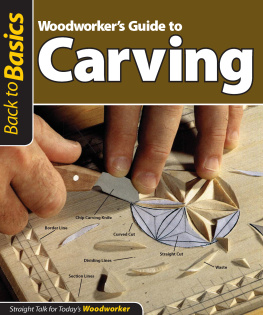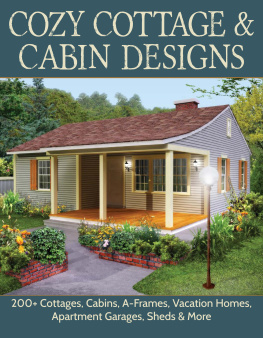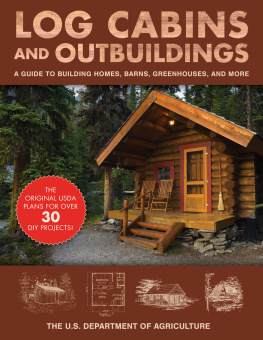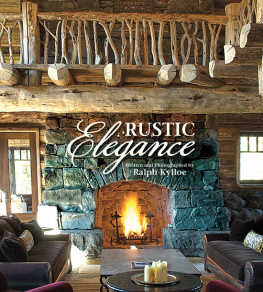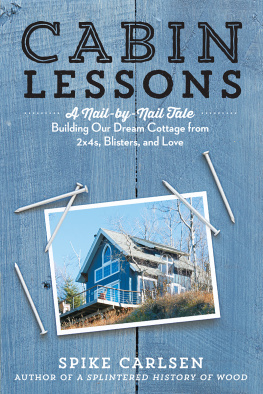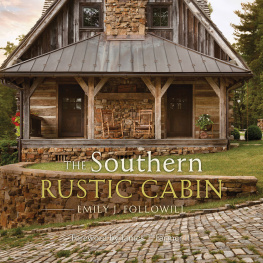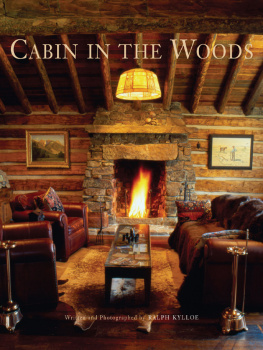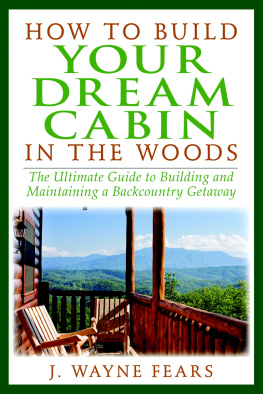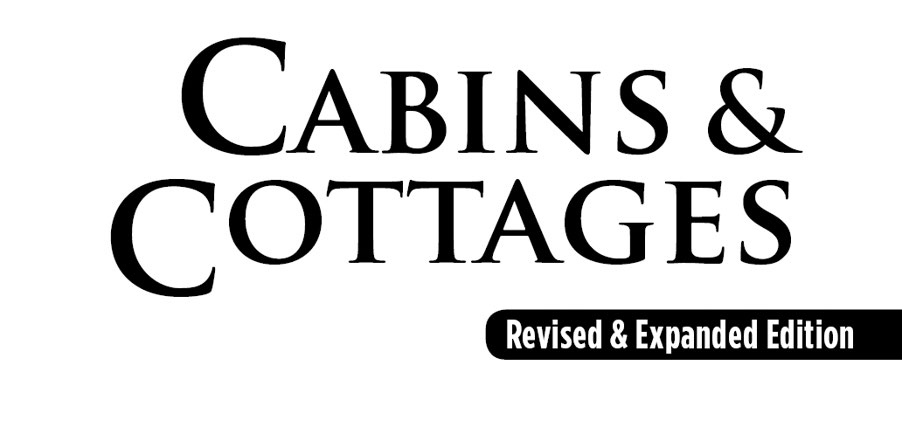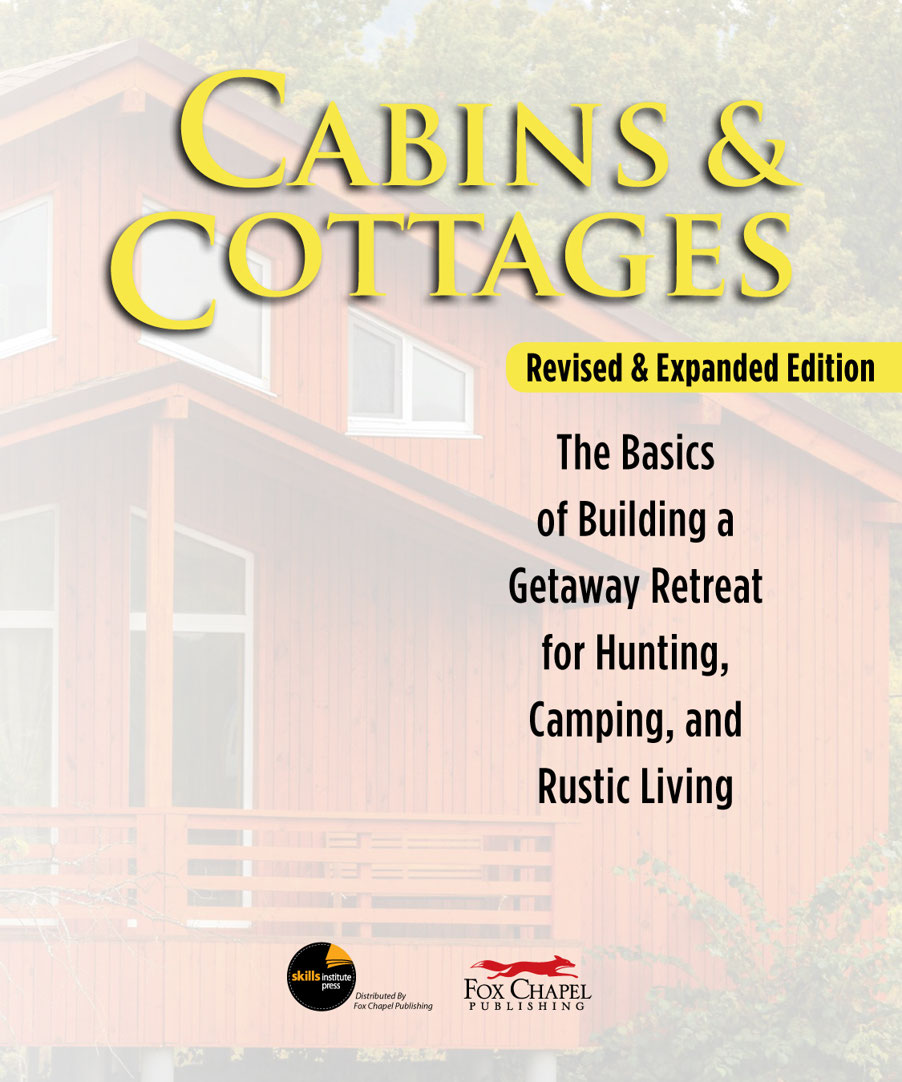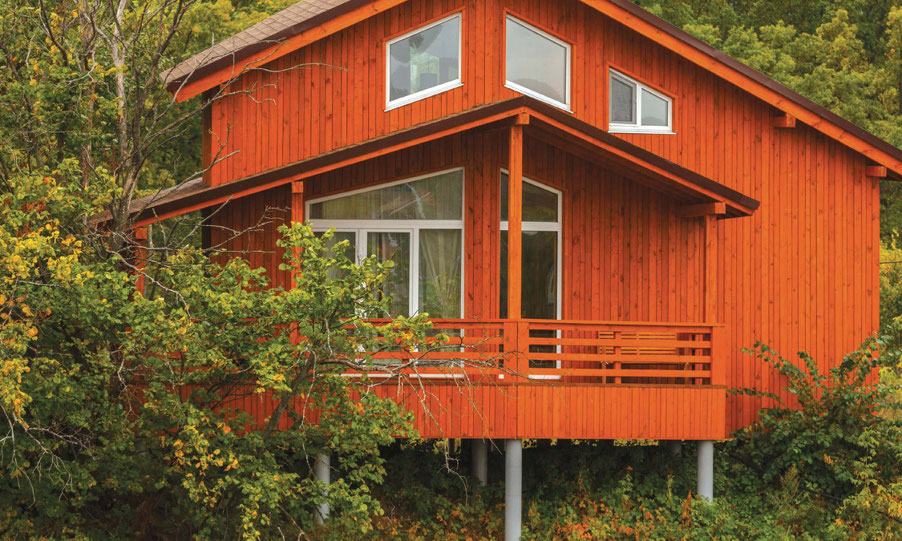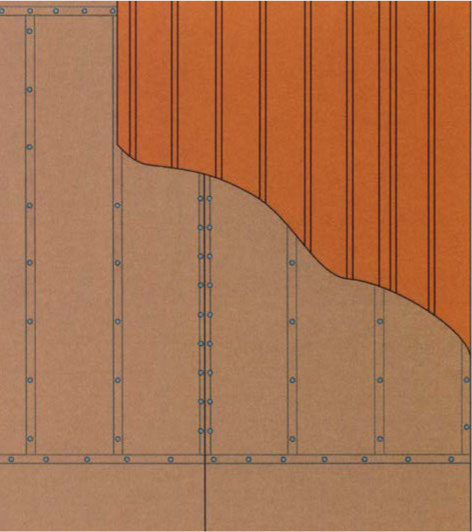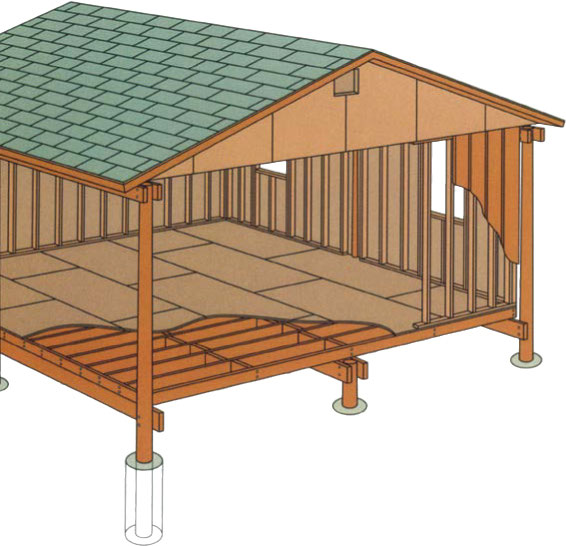Images obtained from Shutterstock.com are by the following photographers: Ann Moore: page bottom right; Anna Nar: back cover middle left, page anthony Heflin: page bottom right; AVN Photo: top borders throughout; B Brown: page bottom left; Cool Vector Maker: Safety Tips symbols throughout; David Fonseca: page bottom left; debra millet: page givaga: page Iris van den Broek: page Jesse Seniunas: page bottom right; JessHarrison: page bottom left; John C. Clarke: page bottom left; jtoddpope: page top; LabDancestrokes: back cover top right, page lastdjedai: page top; ppa: back cover bottom right, page top; Richard Bacon: page shark girl: page top; Silke Stahr: page bottom right; solepsizm: front cover, back cover background, pages 2/3, 4/5; thieury: back cover bottom left; Whiteaster: page From dlewis33: back cover top left; Dorin_S: page
2011, 2018 by Skills Institute Press LLC
Published and distributed in North America by Fox Chapel Publishing Company, Inc., Square Street, Mount Joy, PA 17552.
Cabins & Cottages, Revised & Expanded Edition (ISBN 978-1-56523-967-8, 2018) is a revised edition of Cabins & Cottages (ISBN 978-1-56523-539-7, 2011), published by Fox Chapel Publishing Company, Inc.
Portions of text and art previously published by and reproduced under license with Direct Holdings Americas Inc.
Print ISBN 978-1-56523-967-8
eISBN 978-1-60765-533-6
Library of Congress Cataloging-in-Publication Data
Names: Fox Chapel Publishing. | Skills Institute Press.
Title: Cabins & cottages.
Other titles: Cabins and cottages
Description: Revised & expanded edition. | Mount Joy, PA : Fox Chapel
Publishing Company, Inc., [2018] | Includes index. | Skills Institute Press.
Identifiers: LCCN 2018010519 (print) | LCCN 2018012290 (ebook) | ISBN
9781607655336 () | ISBN 9781565239678
Subjects: LCSH: Vacation homes--Design and construction--Amateurs manuals. |
Log cabins--Design and construction--Amateurs manuals. | Cottages--Design and construction--Amateurs manuals. | Building--Amateurs manuals.
Classification: LCC TH4835 (ebook) | LCC TH4835 .C33 2018 (print) | DDC
690/.837--dc22
LC record available at https://lccn.loc.gov/2018010519
To learn more about the other great books from Fox Chapel Publishing, or to find a retailer near you, call toll-free 800-457-9112 or visit us at
We are always looking for talented authors. To submit an idea, please send a brief inquiry to
Before starting work on a build, and before attempting any DIY electrical installations, check your local building and planning regulations.
TABLE OF
Chapter 1: Making the Most of Your Location
Strengthening a House in Earthquake Country
Tying a House Together Against Wind
The Lay of the Land: Clues to Foil a Flood
Preparing for Deep Snow
Chapter 2: Getting Started
Generating Power
Clearing the Building Site
Removing Logs, Stumps, and Roots
A Foundation on Poles
Masonry Piers for Stronger Supports
A Continuous Block Wall
Chapter 3: Four Simple Structures
A Cottage of Prefab Panels
The A-Frame: A String of Sturdy Triangles
A House Suspended on Poles
A Strong Framed Roof
Ready-Made Roof Framing
Covering the Roof
A Rustic Log Cabin
Raising the Walls
Finishing the Building
Chapter 4: Adding the Amenities
Tapping a Water Supply
Picking the Right Pump
A Submersible Pump for a Drilled Well
Putting In an All-Purpose Sink
Self-Contained Toilets
Simple and Safe Waste Disposal
Heating with Wood
Gallery
WHAT
Making the Most of Your Location
Choose the safest spot to place your cabin and learn about elements that strengthen or protect it.
Getting Started
Before you begin building a vacation home, you need to prepare the site.
Four Simple Structures
Whether you want a sophisticated chalet or a rustic retreat, you can begin with one of these four basic structures.
Adding the Amenities
Learn to equip your cabin with some of the basic necessities like water, heat, and waste disposal.
Chapter
Making the of
Choosing a location for your vacation home is one of the most important decisions you will make. The features that make some vacation retreats desirablesuch as a nearby lake, river, or ocean; or a region covered by deep snow in wintercan also make a location a poor building site. But even in these areas, the following chapter will help you choose the safest spot to place your cabin, and teach you to add elements that strengthen or protect the structure as you build.
Strengthening a House in Earthquake Country
Bolstering a Foundation Wall
Stiffening the Frame
A Trio of Earthquake Valves
Tying a House Together Against Wind
Reinforcing a Cabin
Measures for Existing Structures
The Lay of the Land: Clues to Foil a Flood
Preparing for Deep Snow
A Doorway Sheltered from Wind and Snow
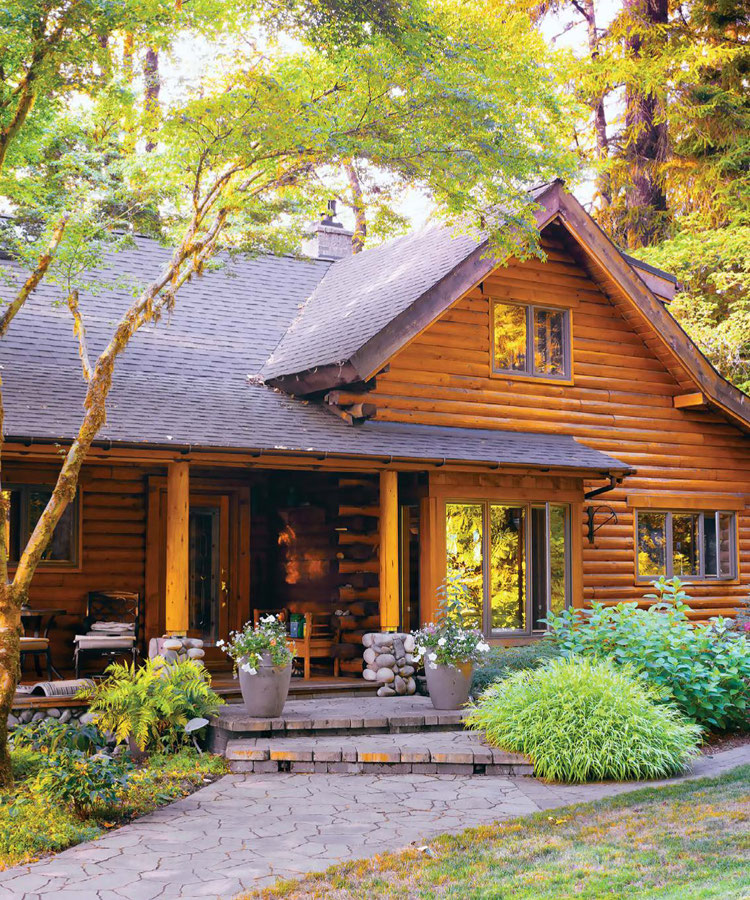
Strengthening a House in Earthquake Country
Earthquakes occur in many parts of North America with enough force to shake a building to pieces. If you plan to build a vacation home in any of these areas (map, right), you will need to reinforce the structure.
A Solid Base
Begin with a masonry-block foundation but stiffen it with a skeleton of -inch (16mm) steel reinforcing bars and fill the block cores with concrete grout Vertical rebars cast into the footing provide a strong anchor; depending on the height of the wall and on local code, you may also need special masonry units called bond-beam blocks that permit rebar to run horizontally inside the walls and around the corners without interruption. Check codes to determine which courses need bond-beam blocks and horizontal rebar.



